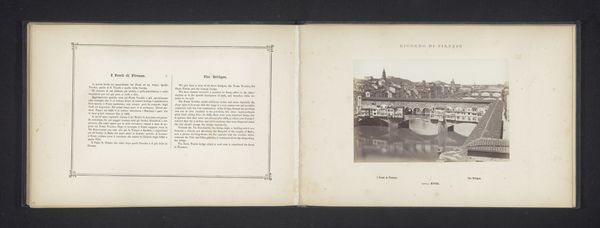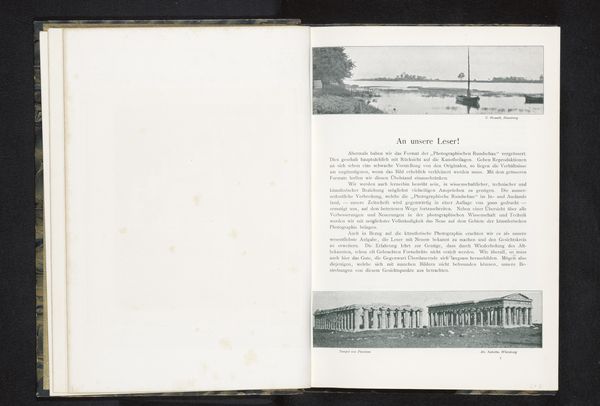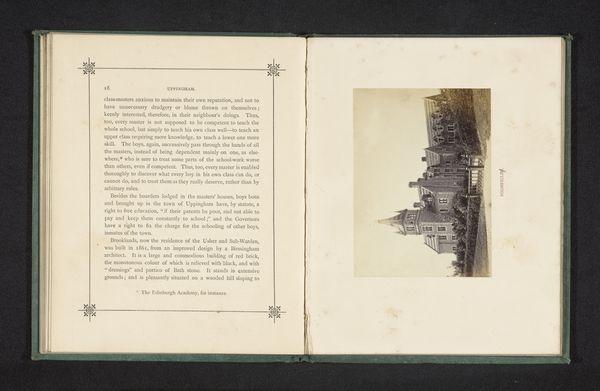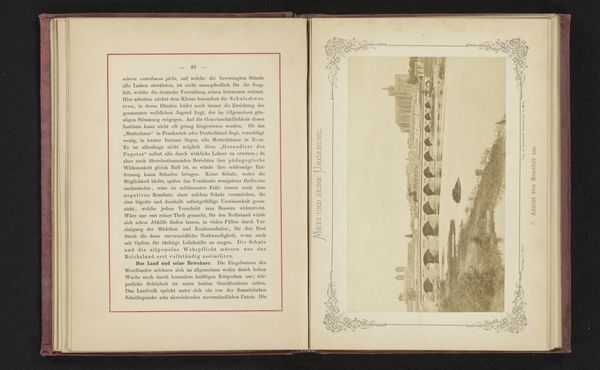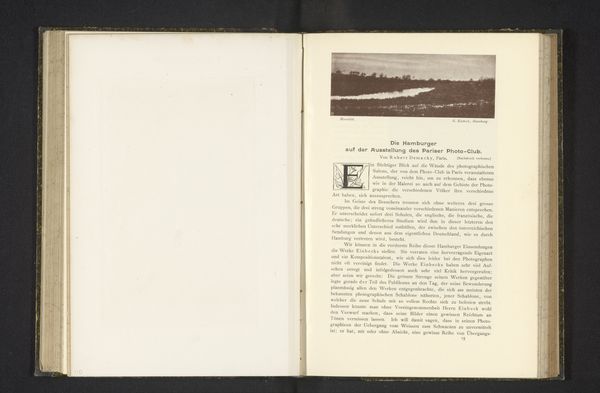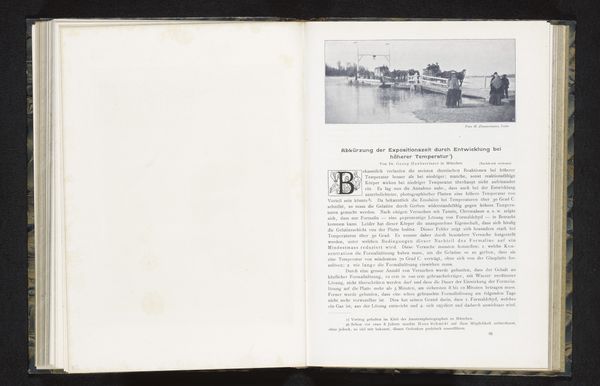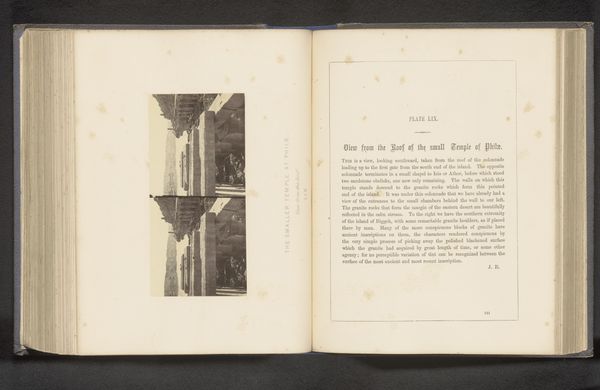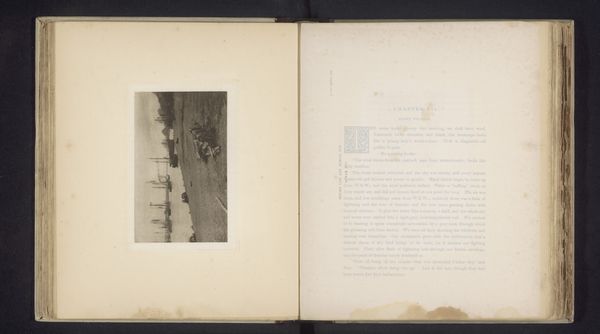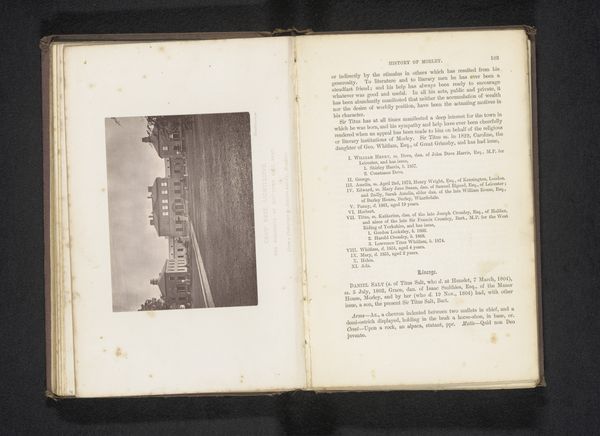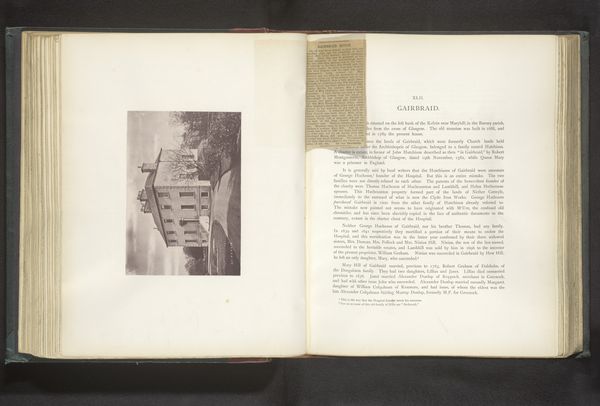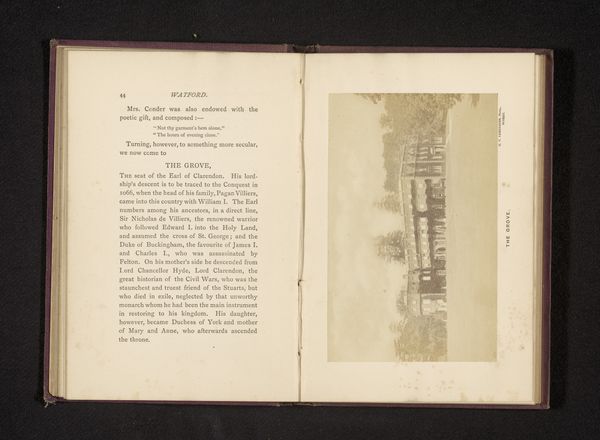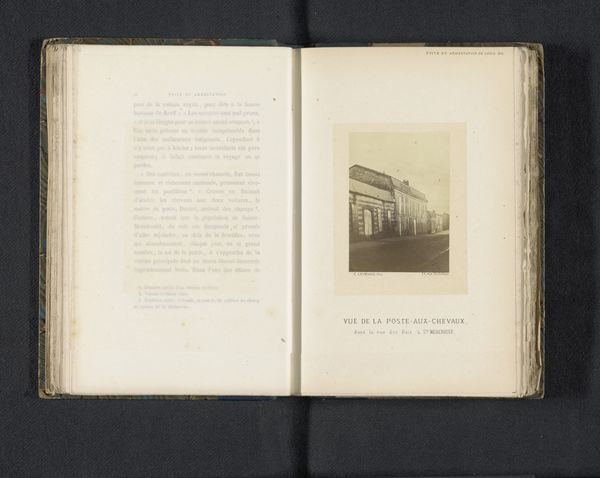
print, photography, albumen-print
# print
#
landscape
#
photography
#
cityscape
#
italian-renaissance
#
albumen-print
Dimensions: height 104 mm, width 145 mm
Copyright: Rijks Museum: Open Domain
Curator: What immediately strikes me is the stark stillness, almost a solemn quality to this image. Editor: That's a very interesting point. Let’s consider that we're viewing "Gezicht op Palazzo Pitti in Florence", a photograph by Giacomo Brogi, crafted before 1871 using the albumen print method. Curator: Yes, the albumen print gives it that distinctive tonal range, but I am immediately drawn to the geometry of the palace, the strict horizontal lines and repeating windows which create a very architectural image, capturing the Renaissance style so distinctly. The strong, almost brutalist effect speaks of authority. Editor: Indeed, and thinking about power during that period—the Grand Duchy of Tuscany, the unification of Italy—who inhabited and controlled the space certainly mattered. The Pitti Palace as a symbol, shifted from the Medici family to the House of Lorraine, eventually becoming a vital political hub. Curator: I think you're absolutely correct; understanding that shift gives more meaning to the photograph, but structurally, the heavy use of light and shadow directs my eye. Brogi carefully employs these elements to highlight the depth and texture of the building’s facade. Editor: The way it is framed offers another angle. The eye is almost drawn to the building’s mass. Could this composition reflect a sense of overwhelming presence linked to established power structures? How do we decode the implicit relationships between power, representation, and space in such photographs? Curator: That's a perceptive consideration, very astute! This really shows how Brogi not only captures the architecture, but he captures this building in a certain sociopolitical era through a purely aesthetic study, allowing the geometry of it all to inform the moment. Editor: Thinking about these visual layers informs a contemporary audience—it underscores the historical implications rooted within seemingly still images. Curator: The image itself offers a visual framework but viewing it, and framing our understanding in its sociopolitical relevance reveals new insights.
Comments
No comments
Be the first to comment and join the conversation on the ultimate creative platform.
